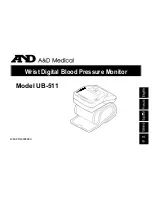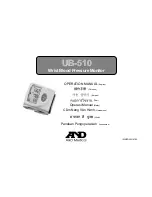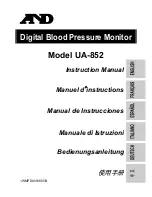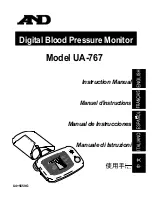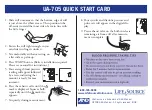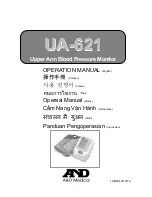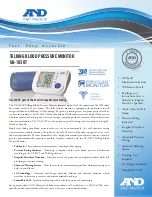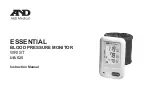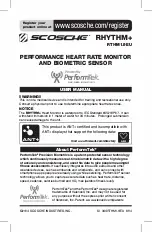
Electrical Noise
Electrical noise is seldom responsible for damaging components, unless extremely high
energy or high voltage levels are present. However, noise can cause temporary
malfunctions that can result in hazardous machine operation in certain applications. Noise
may be present only at certain times, may appear at widely spread intervals, or in some
cases may exist continuously.
Noise commonly enters through input, output, and power supply lines and may also be
coupled through the capacitance between these lines and the noise signal carrier lines.
This usually results from the presence of high voltage or long, close-spaced conductors.
When control lines are closely spaced with lines carrying large currents, the coupling of
magnetic fields can also occur. Use shielded cables to help minimize noise. Potential
noise generators include switching components, relays, solenoids, motors, and motor
starters.
Refer to the relevant Federal, State/Provincial, and local electric codes, which provide
data such as the size and types of conductors, color codes and connections necessary for
safe grounding of electrical components. It is recommended that high- and low-voltage
cabling be separated and dressed apart. In particular, AC cables and switch wiring should
not be in the same conduit with all communication cables.
Line Voltage Variation
The power supply section of the unit is built to sustain the specified line fluctuations and
still allow the system to function in its operating margin. As long as the incoming voltage
is adequate, the power supply provides all the logic voltages necessary to support the
monitor unit.
Unusual AC line variations may cause undesirable system shutdowns. As a first step to
reduce line variations, correct any possible feed problems in the distribution system. If
this correction does not solve the problem, use a constant voltage transformer. The
constant voltage transformer stabilizes the input voltage to the systems by compensating
for voltage changes at the primary in order to maintain a steady voltage at the secondary.
When using a constant voltage transformer, check that the power rating is sufficient to
supply the unit.
Location and Enclosure
•
Place the unit to allow easy access to the system ports.
•
Account for the unit dimensions when selecting an installation location or enclosure
(see pg. 1-3).
•
You can maintain the NEMA 4 seal by mounting the unit in an approved enclosure
that has a 14 gauge (0.075"/1.9 mm thick) steel or (0.125"/3.2 mm thick) aluminum
front face.
•
Place the unit at a comfortable working level.
•
Mount the unit in an upright position, if possible.
•
Consider locations of accessories such as AC power outlets and lighting (interior
lighting and windows) for installation and maintenance convenience.
•
Prevent condensation by installing a thermostat-controlled heater or air conditioner.
•
Avoid obstructing the airflow to allow for maximum cooling.
•
Place any fans or blowers close to the heat-generating devices. If using a fan, make
2-2



















